Harvest is a time of plenty, when the season's hard work is rewarded by bounty. Many of the rhythms of our lives are shaped by the gathering of crops, even if most of us now live in cities. Worldwide, festivals and rituals mark the passage from growing season to harvest, with indigenous and popular practices making fall in the Northern Hemisphere a festive time. This year sees a reduced harvest in much of the world as extreme weather decimated many regions. Half of the United States is in prolonged drought, as well as much of Europe. In India, the monsoon is 20 percent off the annual average. Food prices are expected to rise by 2013 as demand taxes supplies, and later the price rises will transfer to the meat industry as costs of feed for livestock are passed on. Gathered here are images of farms industrial and traditional, crops critical and obscure, and harvest festivals among drought and bounty. -- Lane Turner (41 photos total)

A rainbow shines in the background of a sun-bathed wheat field east of Walla Walla, Wash. on July 16, 2012. High temperatures near 100 degrees have turned fields to gold as harvest draws near. (Jeff Horner/Walla Walla Union-Bulletin/Associated Press)

Swiss farmer Kari Gisler carries a bundle of hay during wild haying on the mountain Rophaien in Flueelen, Switzerland on August 20, 2012. The tradition of wild haying in Central Switzerland dates back around two hundred years on steep hillsides which cannot be reached with animals. (Michael Buholzer/Reuters) #

Felix Munk, head of the beekeeper organization Stadtimker, holds a honeycomb with bees in Vienna on July 11, 2012. Stadtimker is one of a growing number of urban beekeepers' associations who are trying to encourage bees to make their homes in cities as pesticides and crop monocultures make the countryside increasingly hostile. (Lisi Niesner/Reuters) #

Migrant workers harvest watermelon from an irrigated farm field in a drought-stricken region of Indiana on July 18, 2012 near Vincennes, Indiana. Indiana, part of the corn and soybean belt in the middle of the nation, is experiencing one of the worst droughts in more than five decades. Indiana is one of the nation's largest producers of watermelon. (Scott Olson/Getty Images) #
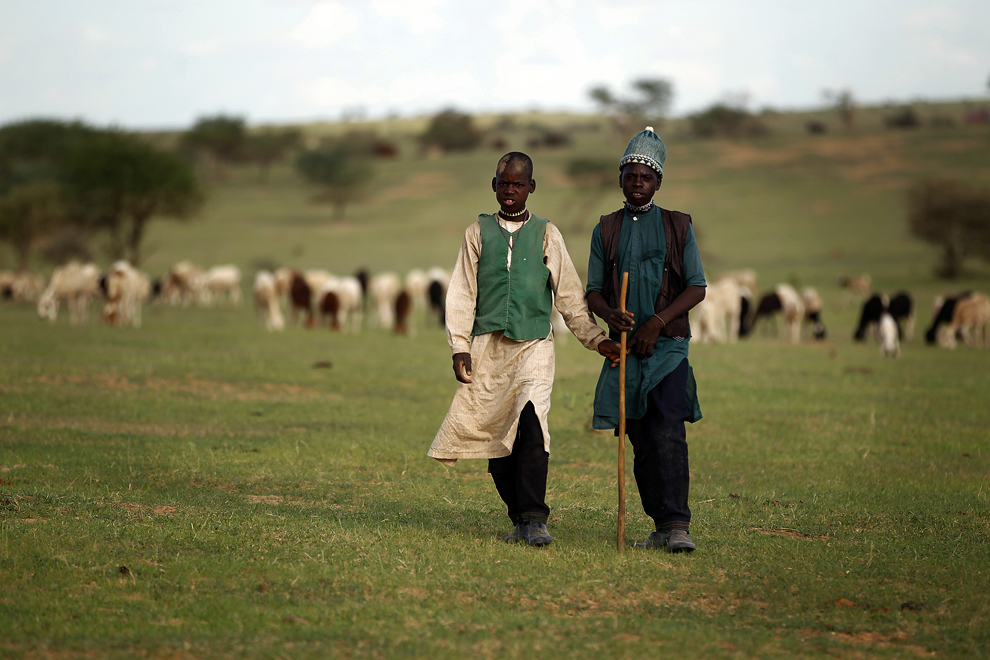
Peul herdsmen stand by their cows in the green sandy plains near Bermo, Niger on July 16, 2012. When the first rains come, they head north toward the Sahara desert, where the grass is said to be saltier, packed with minerals. They time their movements according to the clouds, waiting for the second major downpour, before making a U-turn to head back to the greener south. If they miscalculate, they can end up stranded. As the grass turns yellow, their animals become too weak to walk. (Jerome Delay/Associated Press) #

A spiritual guide known as an "Amauta," pauses during a ceremony in honor of the "Pachamama," or Mother Earth, on El Cumbre mountain on the outskirts of La Paz, Bolivia on August 30, 2012. According to local agrarian tradition, Mother Earth awakens hungry and thirsty in August and needs offerings of food and drink in order for her to be fertile and yield abundant crops. (Juan Karita/Associated Press) #
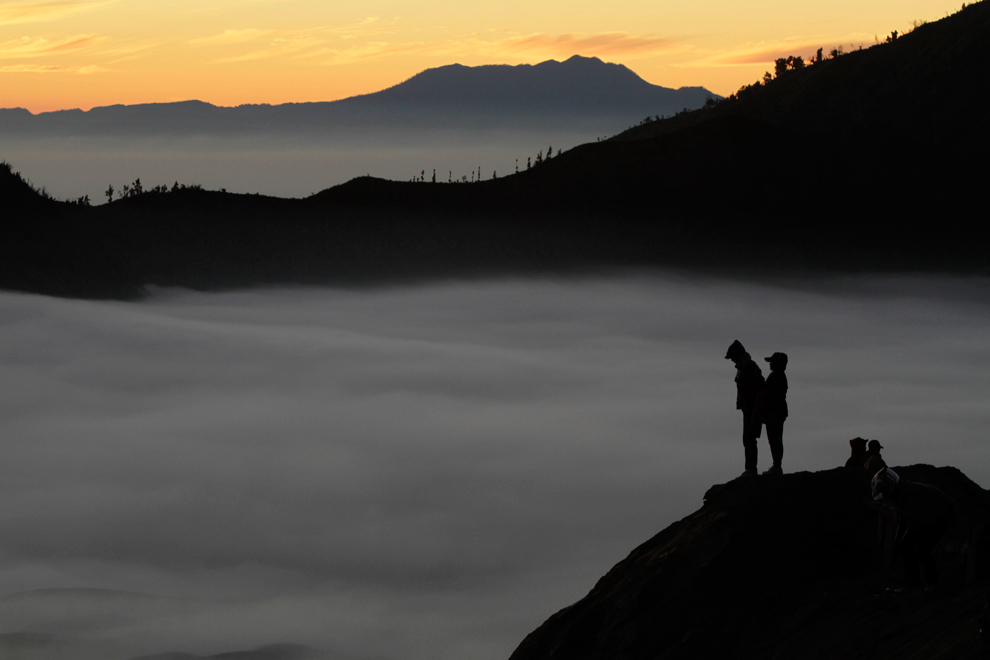
Villagers stand on a crater of Mount Bromo as they wait for sunrise during the annual Kasada festival in Indonesia's East Java province August 4, 2012. Villagers and worshippers throw offerings such as livestock and other crops into the volcanic crater of Mount Bromo to give thanks to the Hindu gods for ensuring their safety and prosperity. (Sigit Pamungkas/Reuters) #

Candidates for the Miss Water Lily pageant pose in their gowns, made from dried water lily stalks, during the Water Lily Festival in Las Pinas city, Philippines on July 19, 2012. Residents harvest water hyacinths and dry the stalks, which become raw material for producing baskets, trays, slippers and other functional and ornamental items. (Romeo Ranoco/Reuters) #

Pigs race at an exhibit on August 26, 2012 at the Nebraska State Fair in Grand Island, Nebraska. With Nebraska still in a state of severe drought and farmers in dire straights, thousands of people visited the fairgrounds to celebrate the state's rich agricultural and rural traditions. (John Moore/Getty Images) #
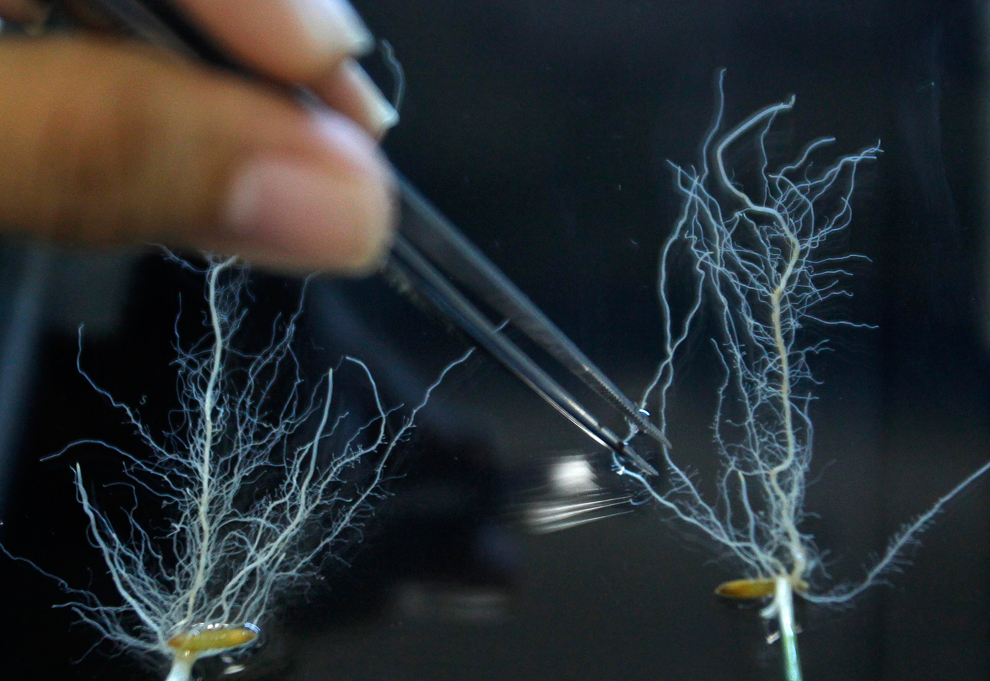
A scientist prepares to scan roots for a gene at a lab at the International Rice Research Institute in Los Banos, Philippines on August 30, 2012. A team of scientists from the IRRI say they have discovered a gene which increases grain production by 20 percent, which will help poor rice farmers grow more rice. (Cheryl Ravelo/Reuters) #
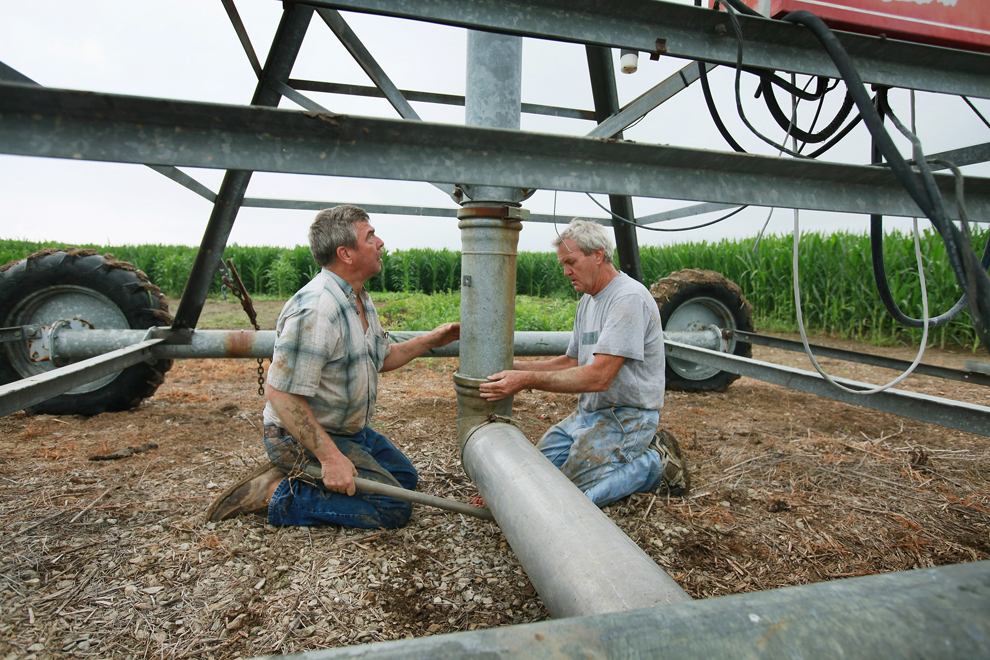
6th generation farmers Jud Vaught (left) and his brother Bill Kirklin connect an irrigation system in their cornfield on July 20, 2012 near Whiteland, Indiana on a farm founded by their family in 1835. The corn and soybean belt in the middle of the nation is experiencing one of the worst droughts in more than five decades. Indiana was the nation's fourth largest corn producer in 2011. (Scott Olson/Getty Images) #
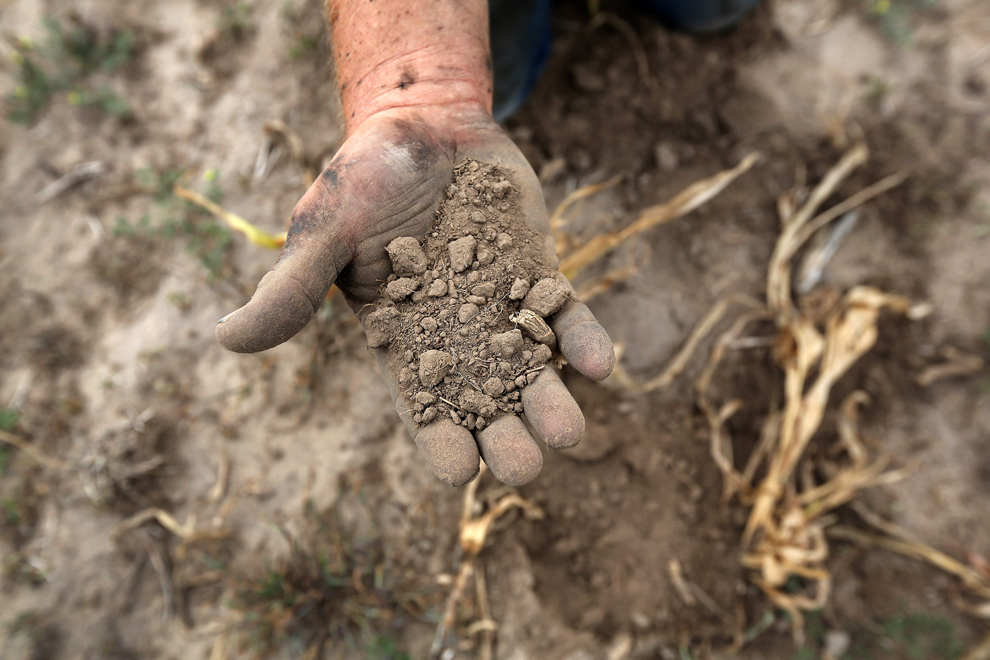
Darren Becker sifts through arid topsoil under a ruined crop on the family farm on August 24, 2012 in Logan, Kansas. Like many Kansas farmers who's profits have been wiped out by the record drought, the Beckers are working hard to hang on to their farm, which has been in their family for five generations. (John Moore/Getty Images) #

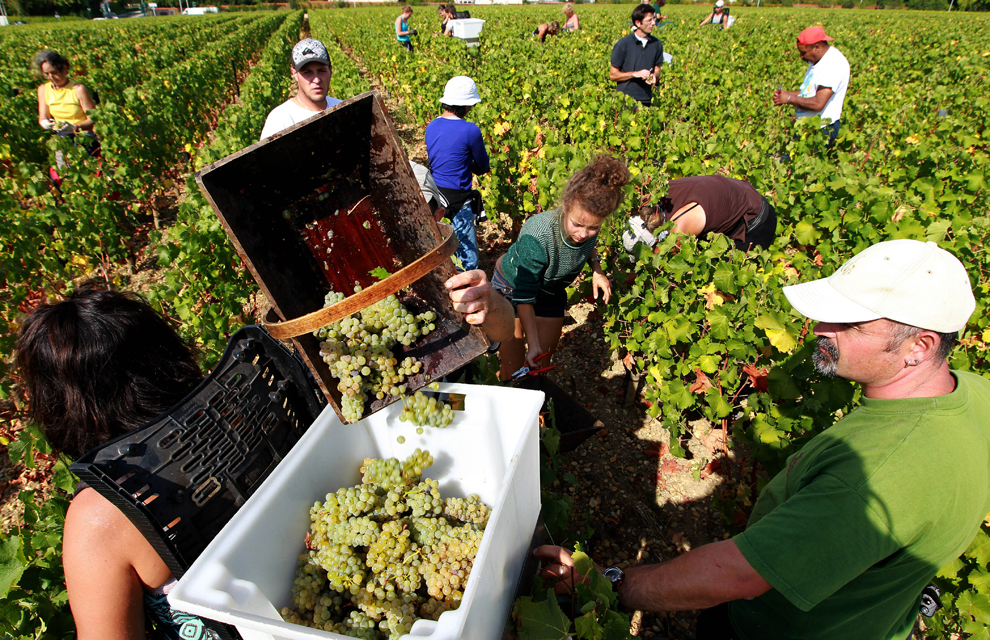



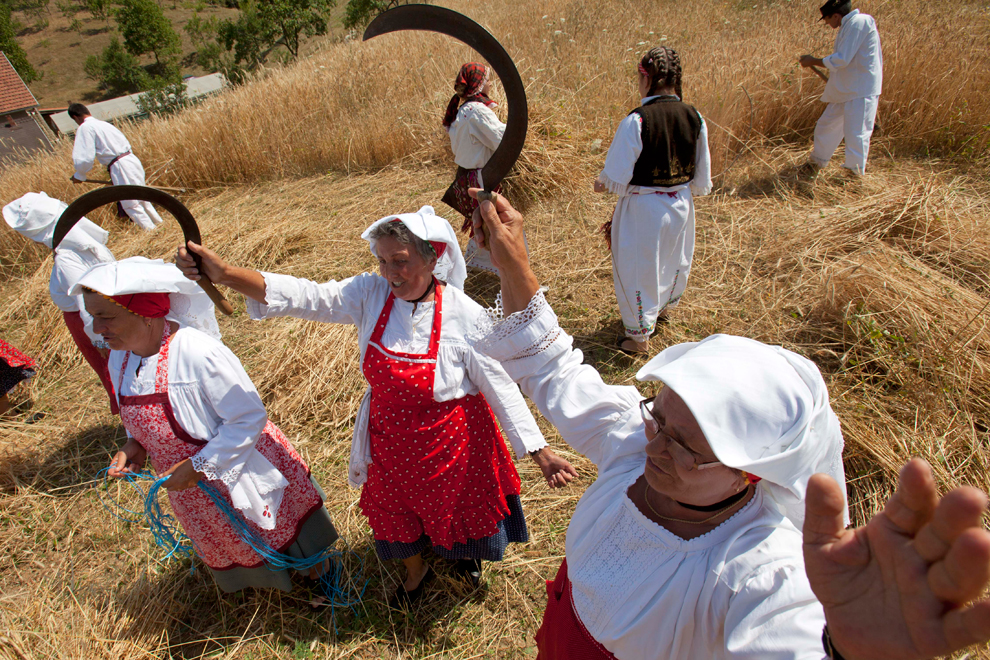
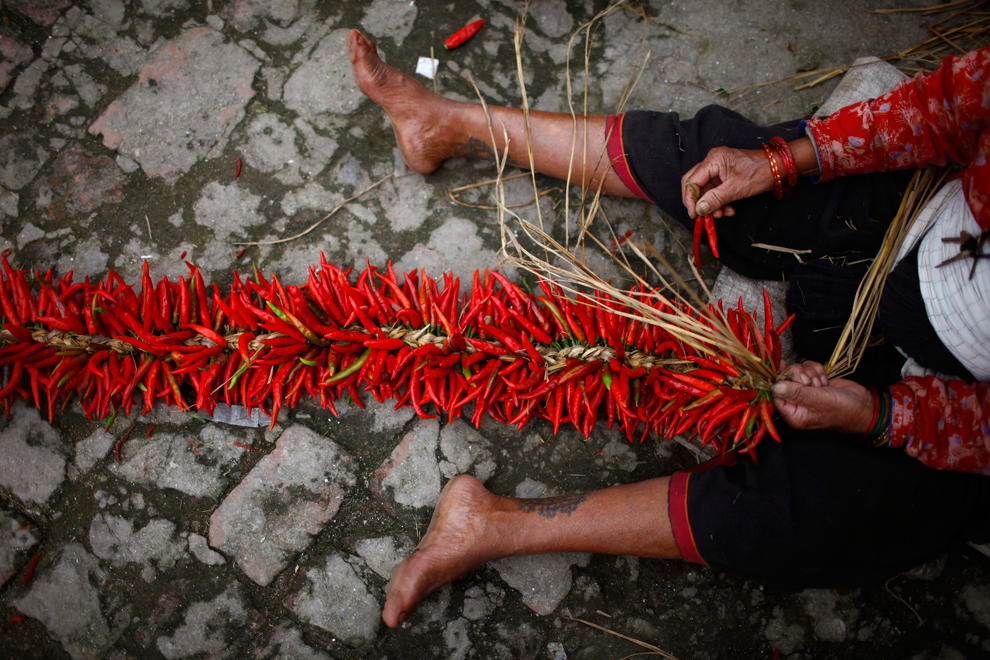
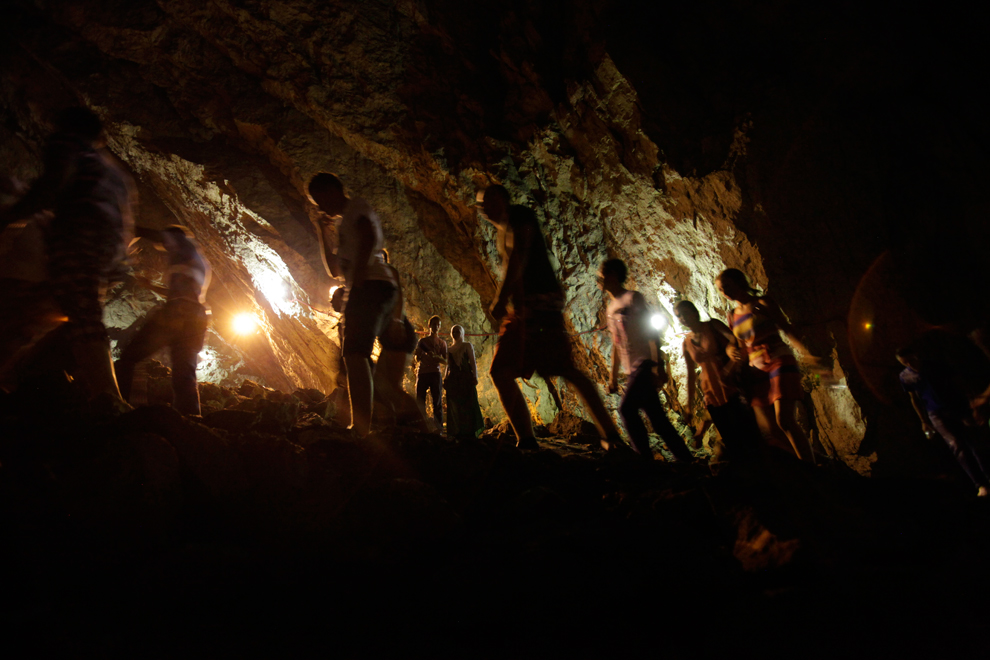
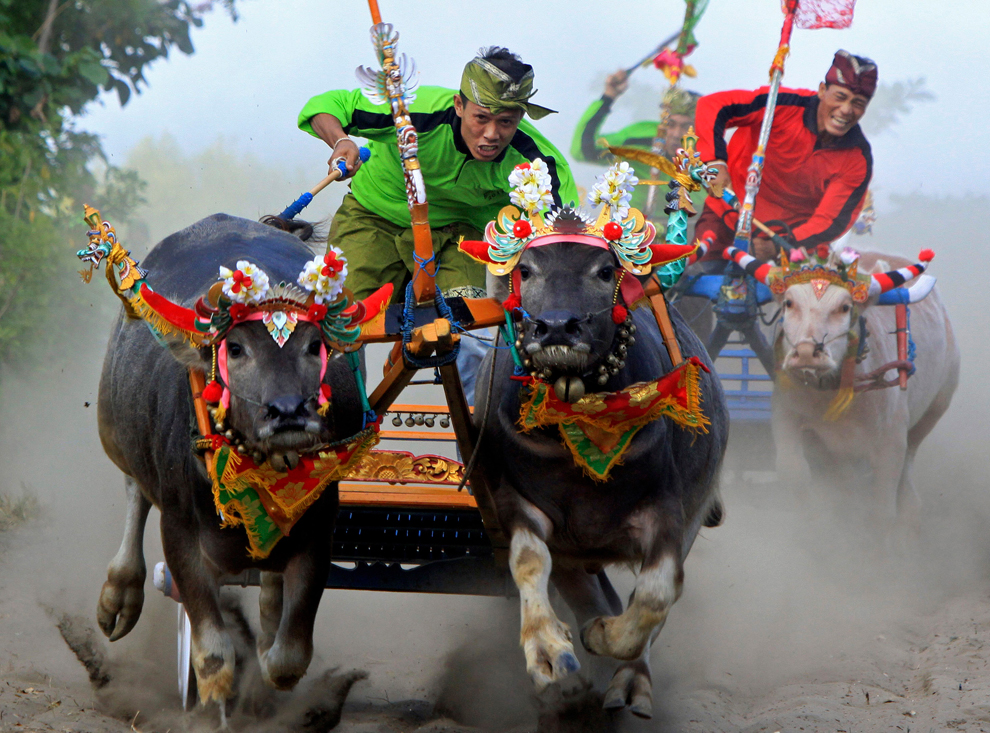
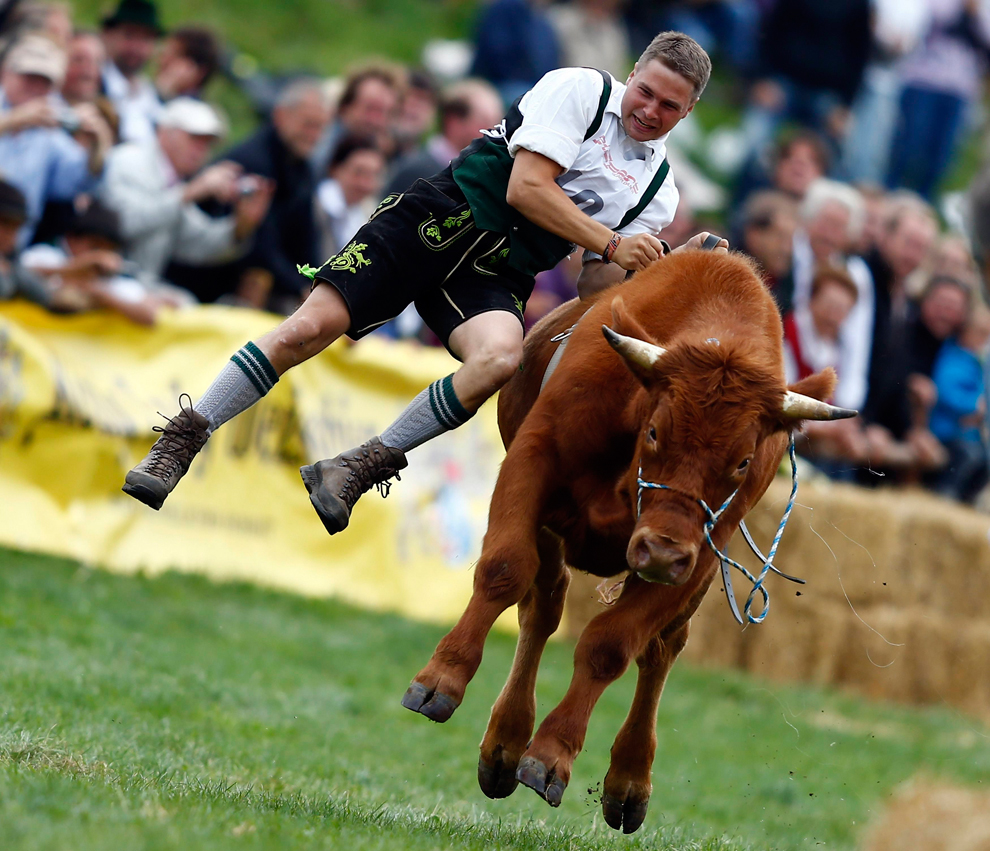
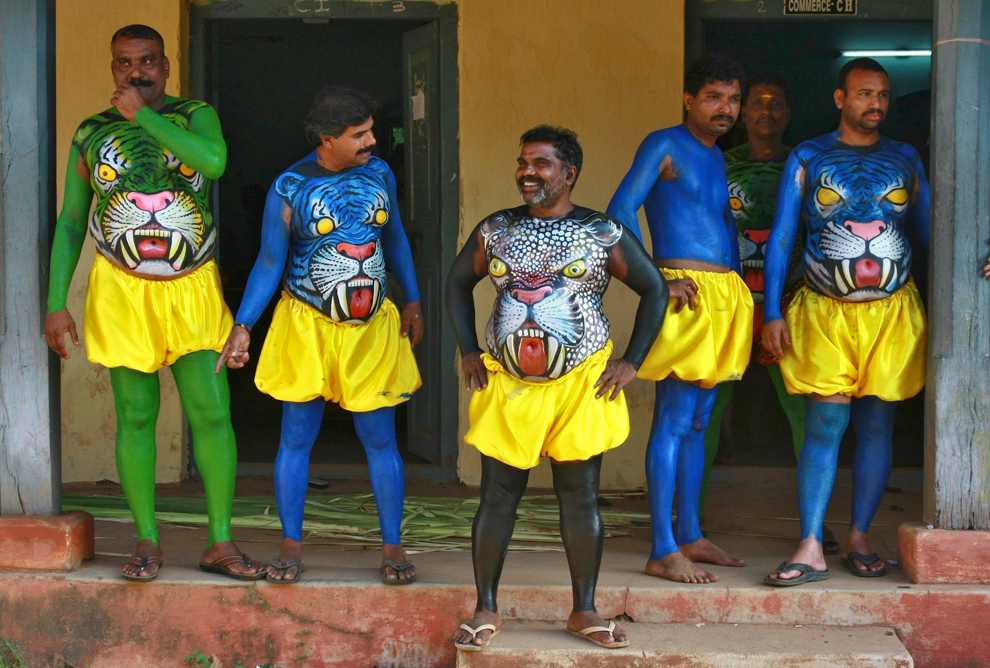

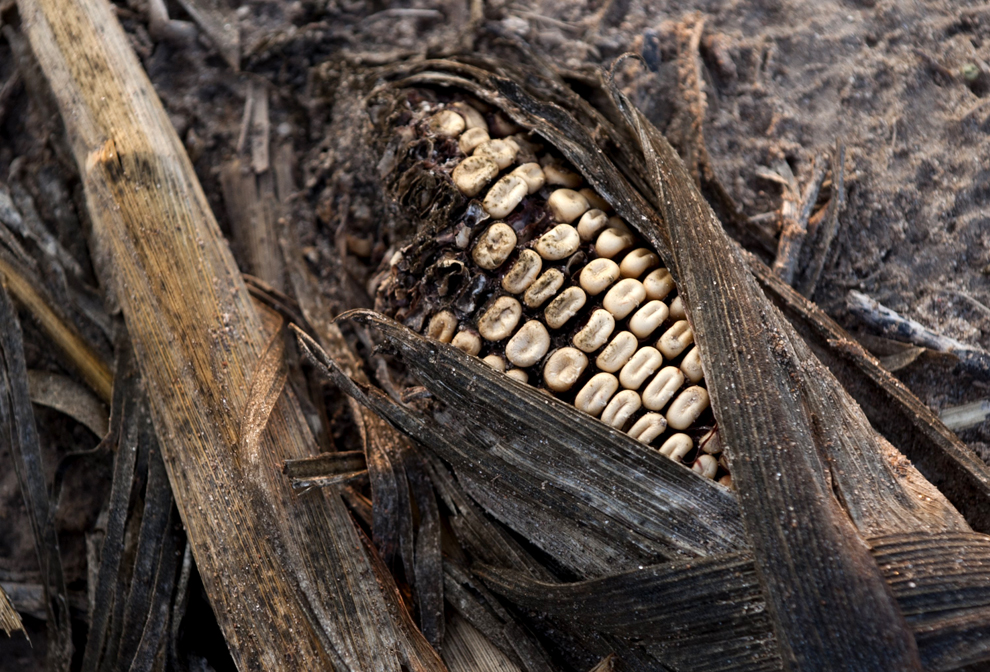
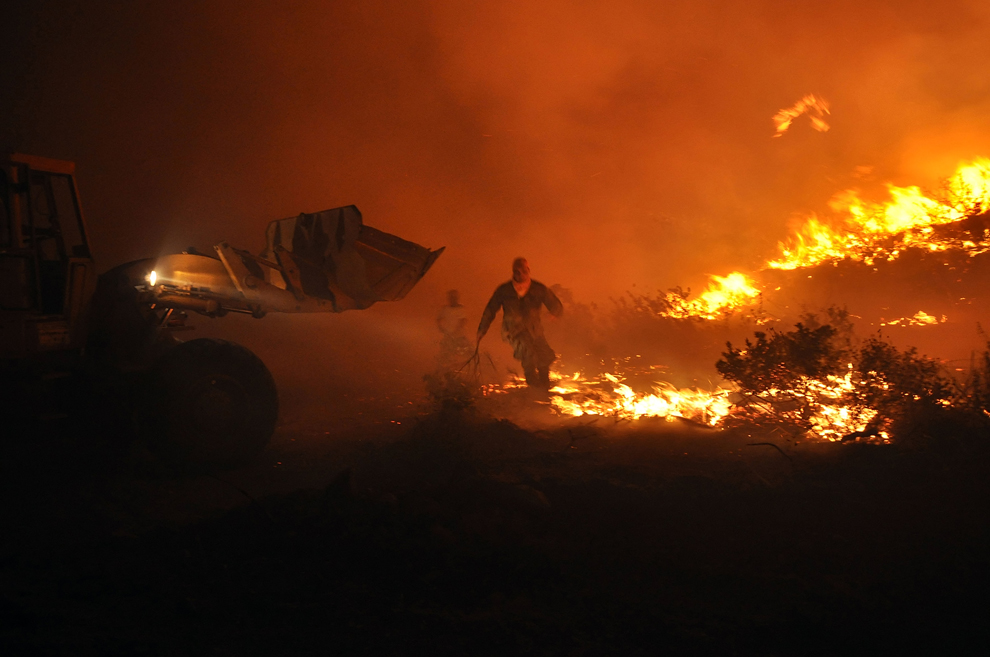
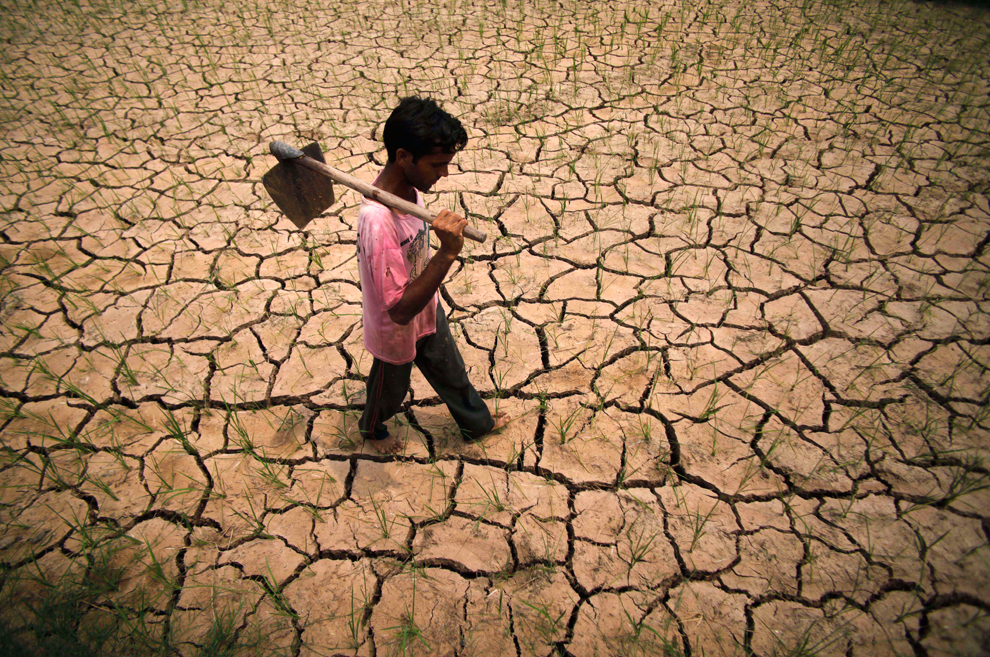
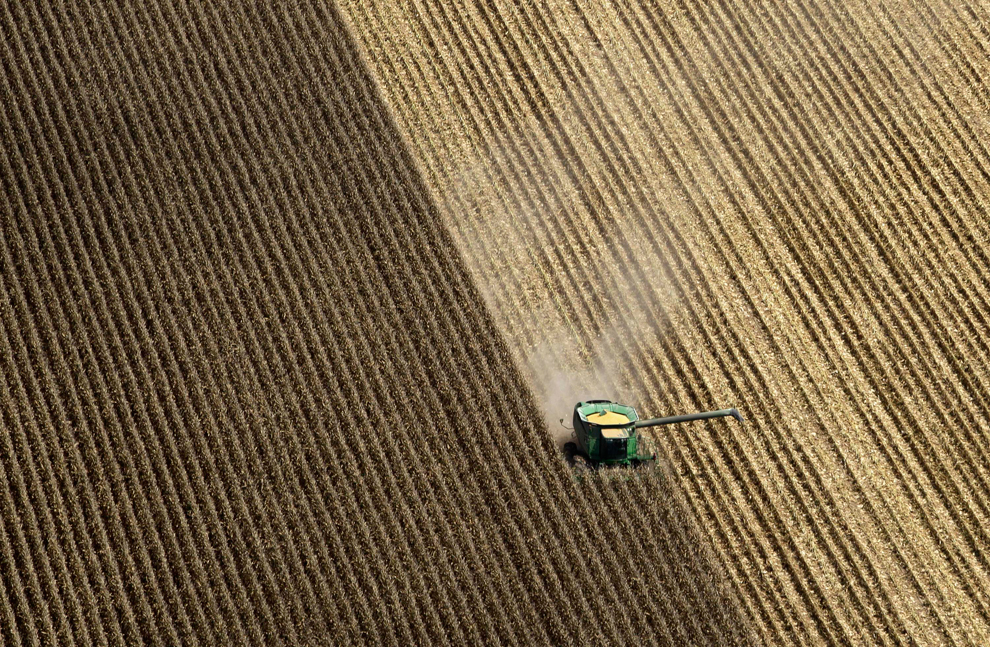
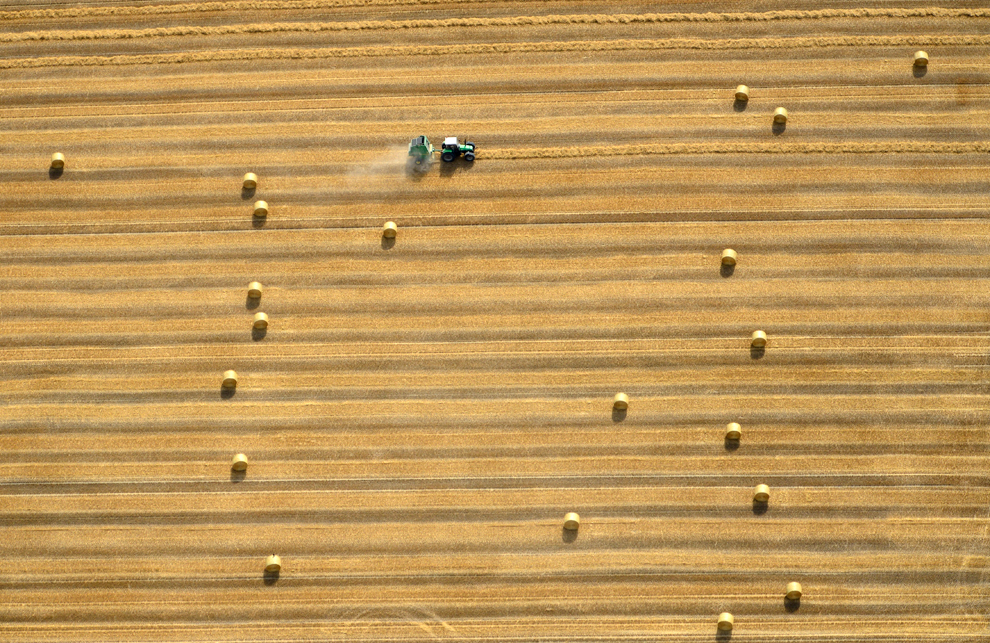
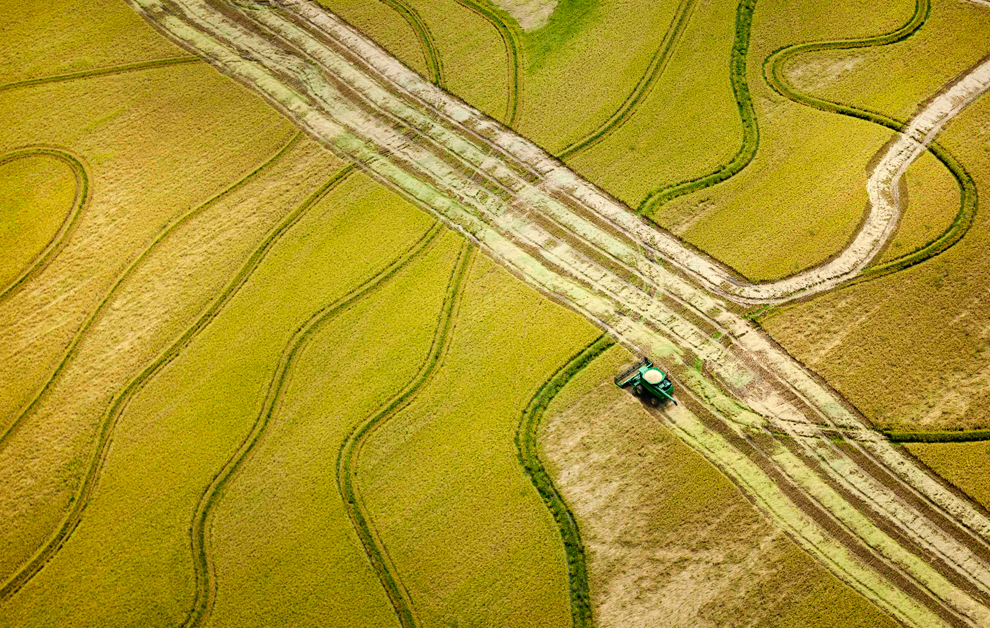
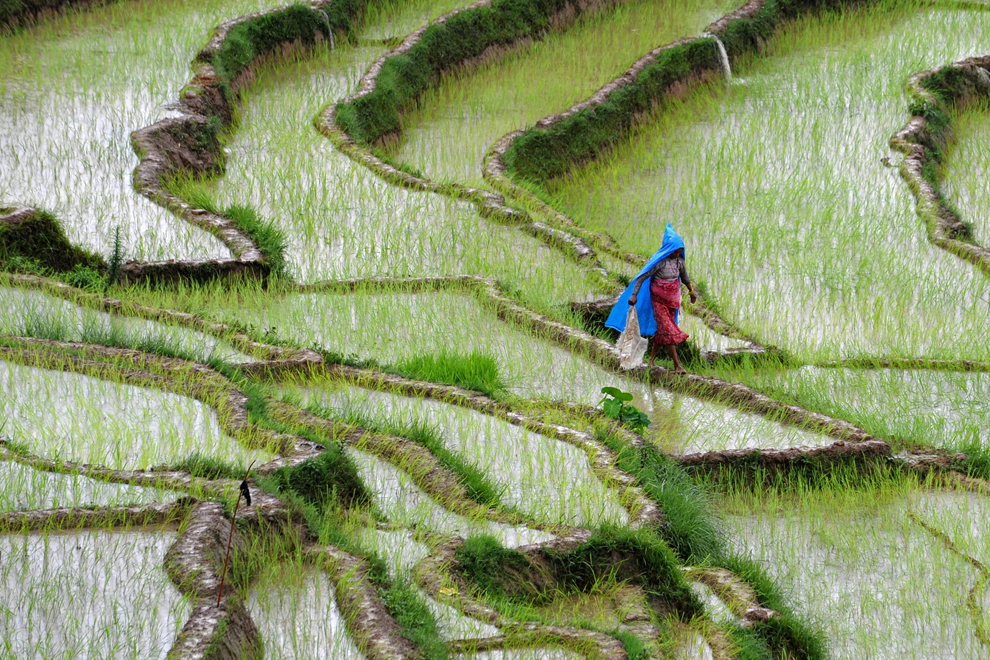
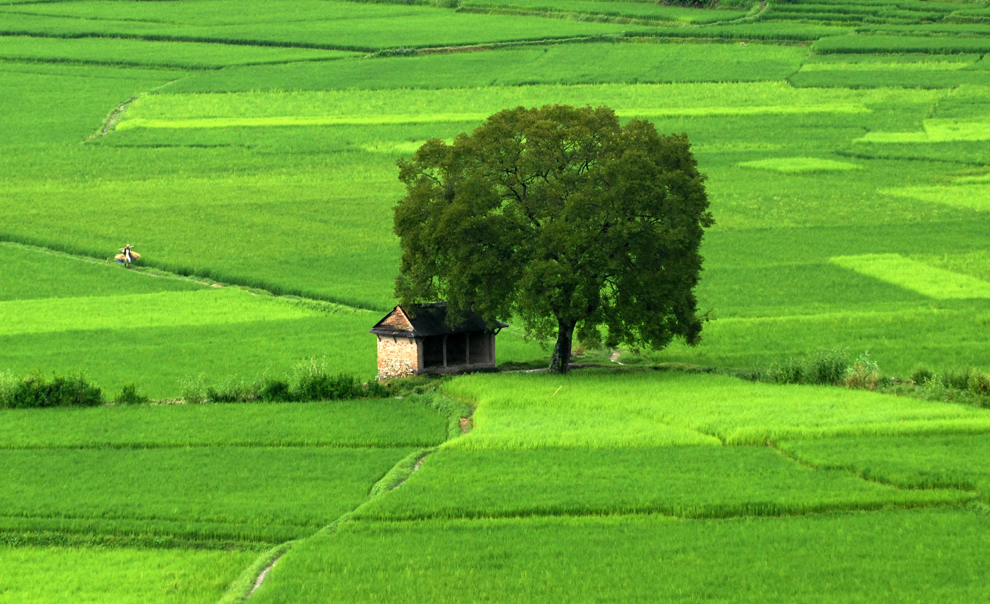
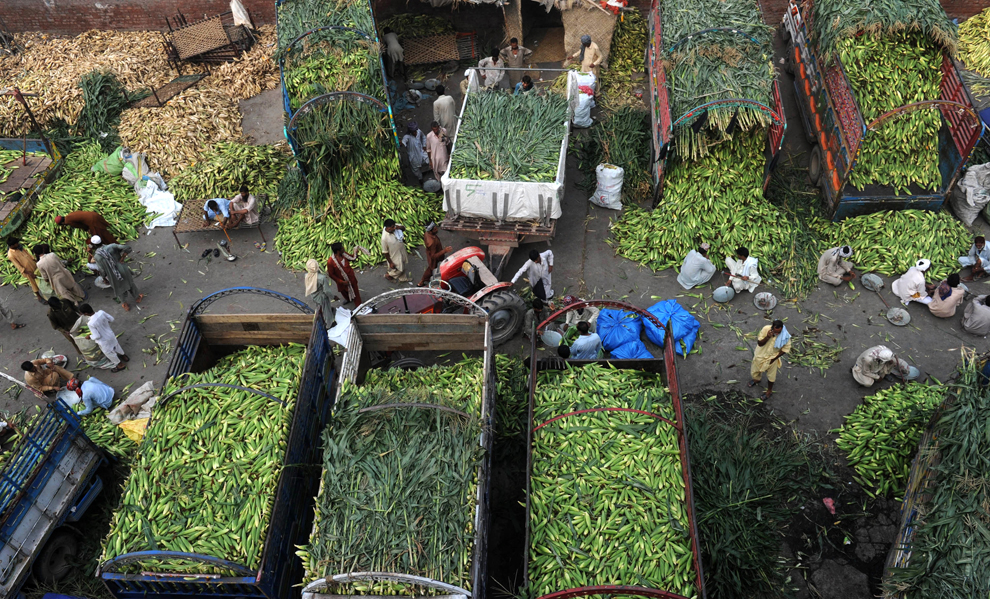
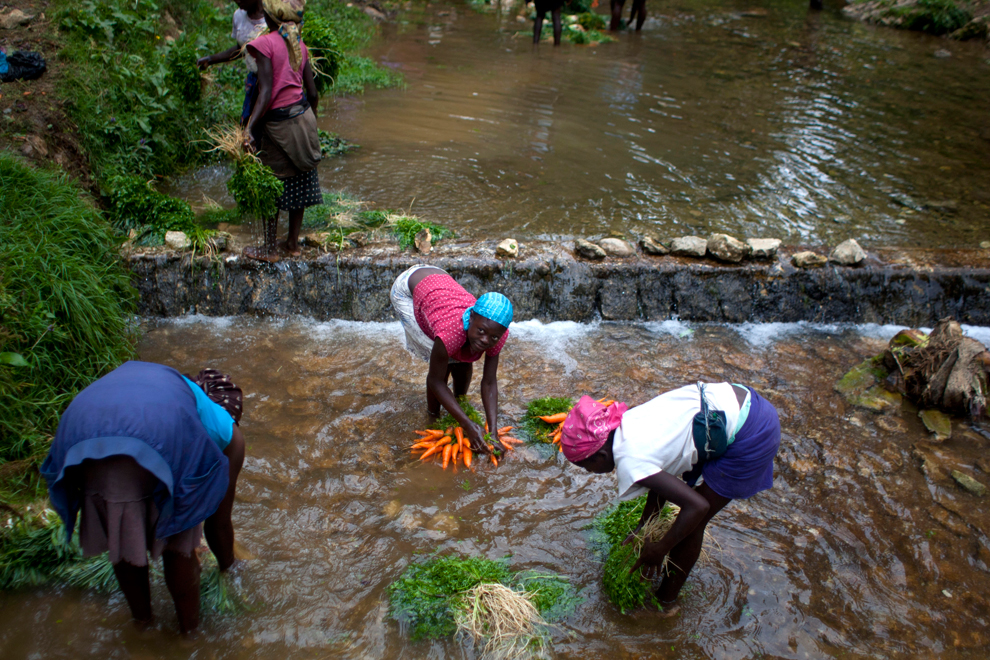
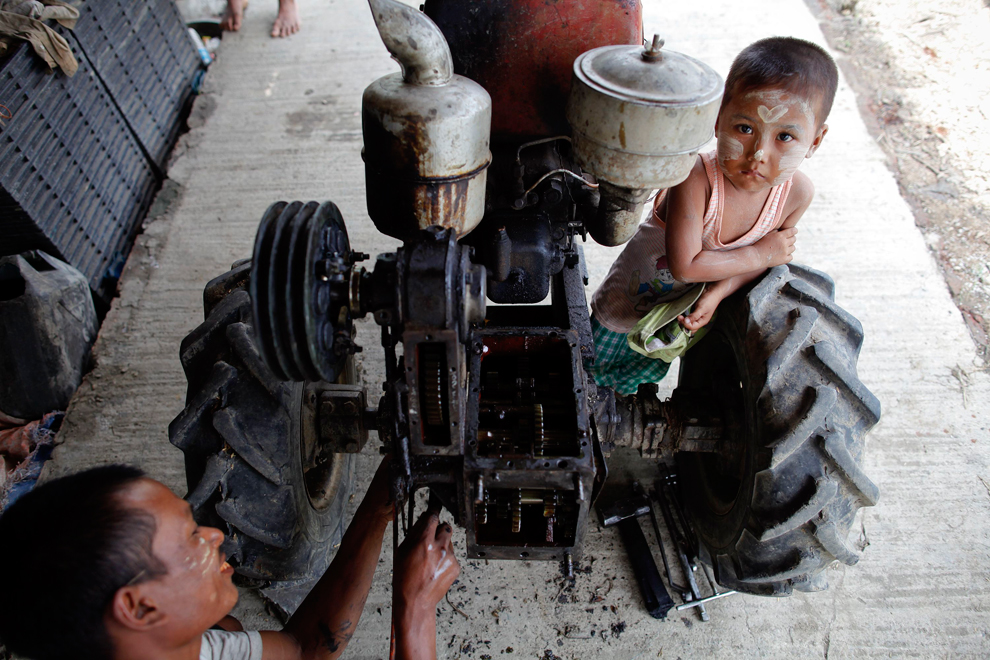
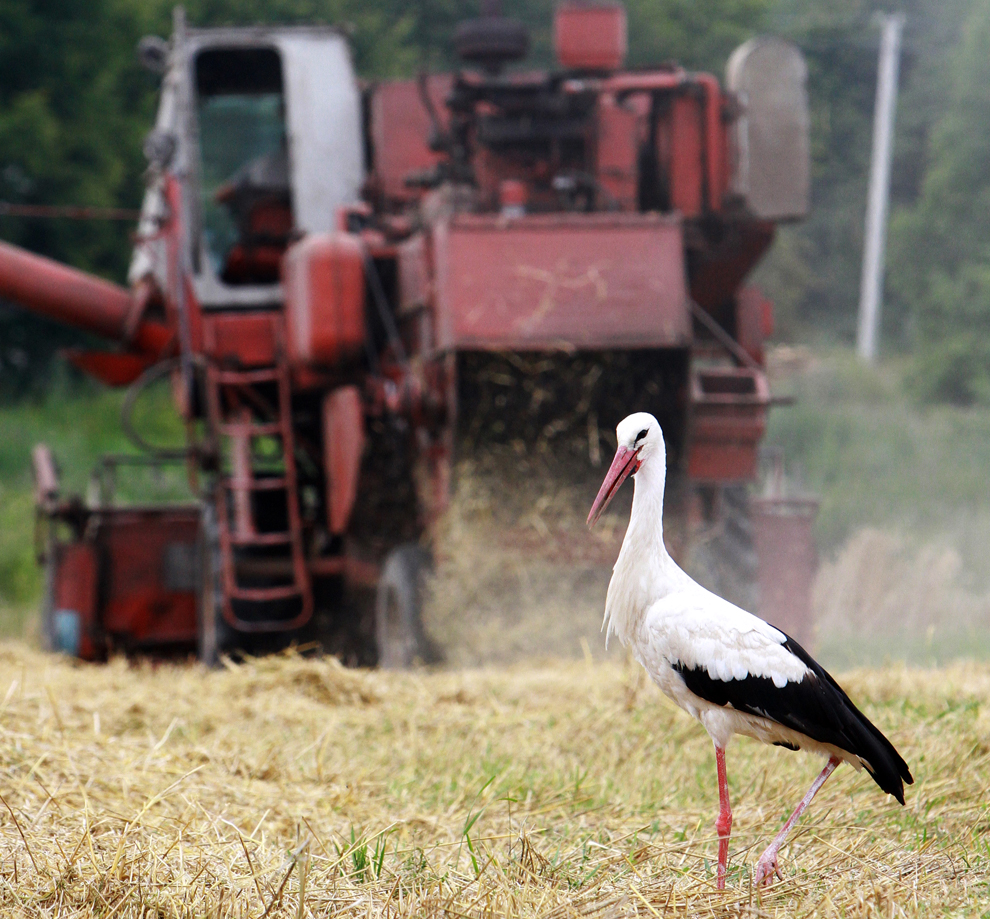
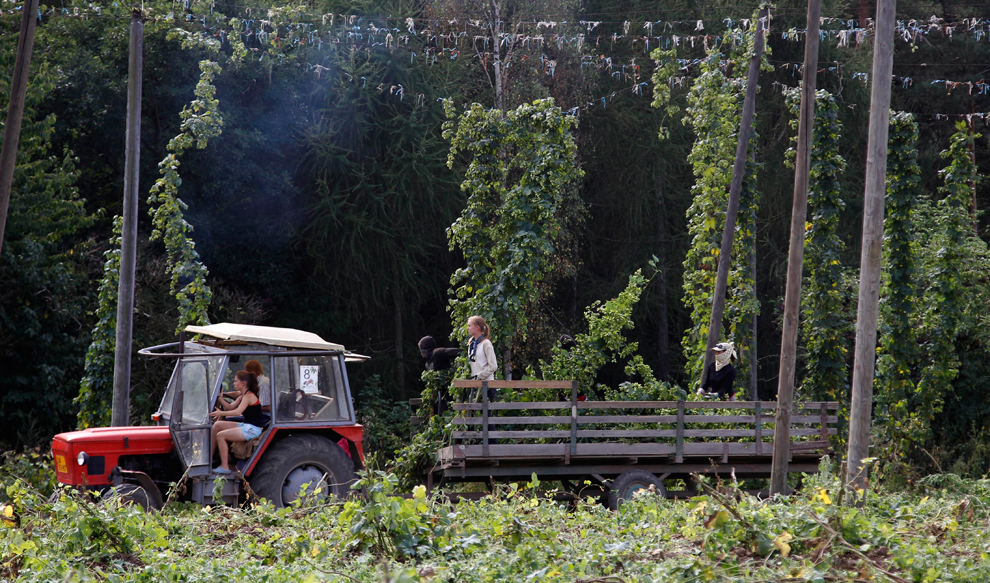
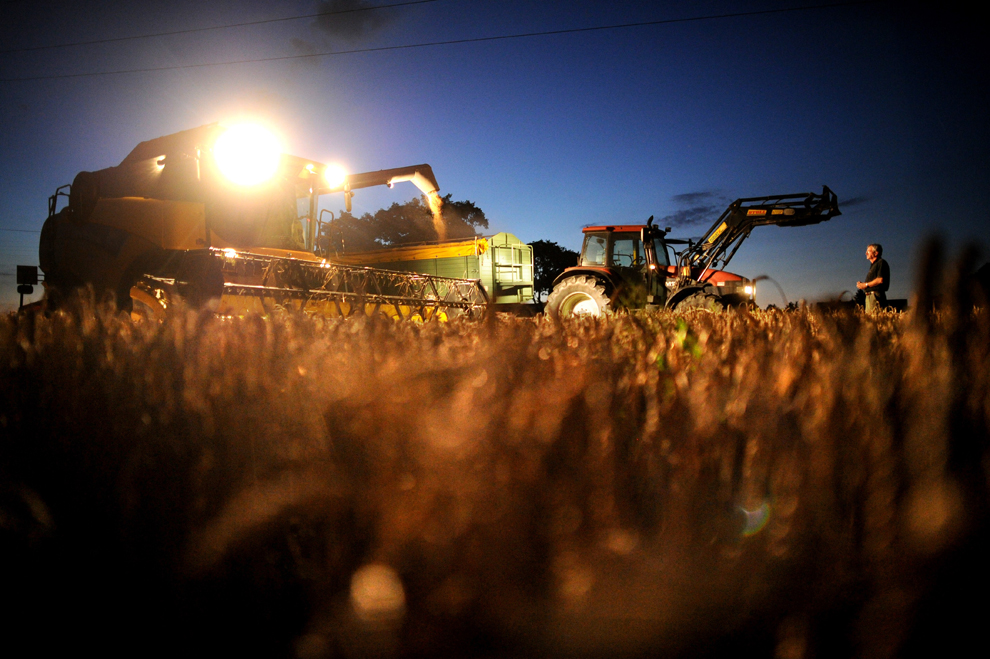
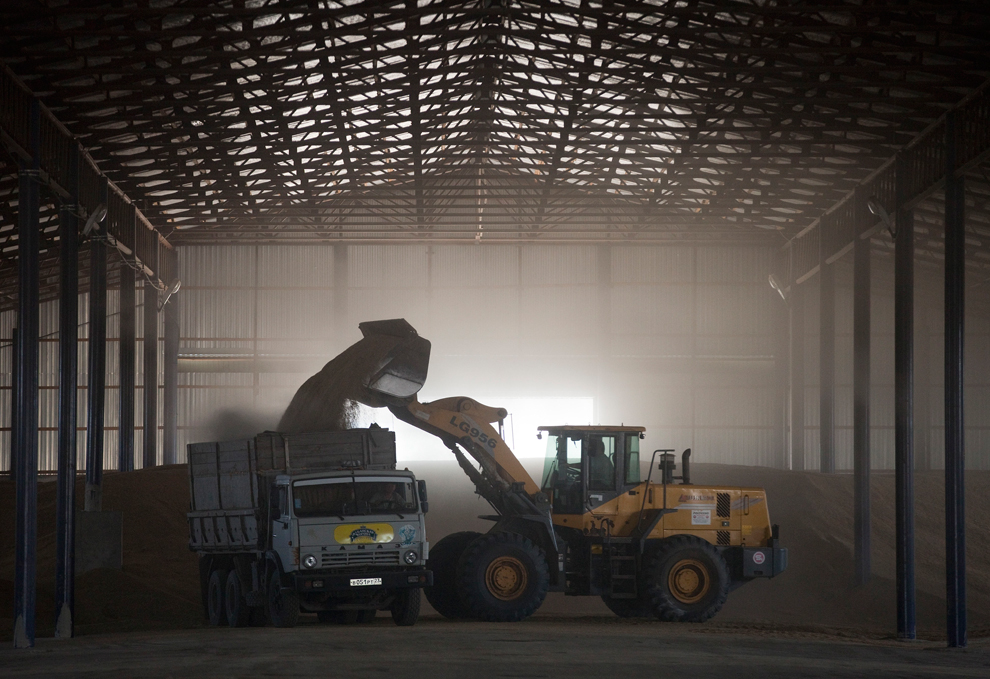
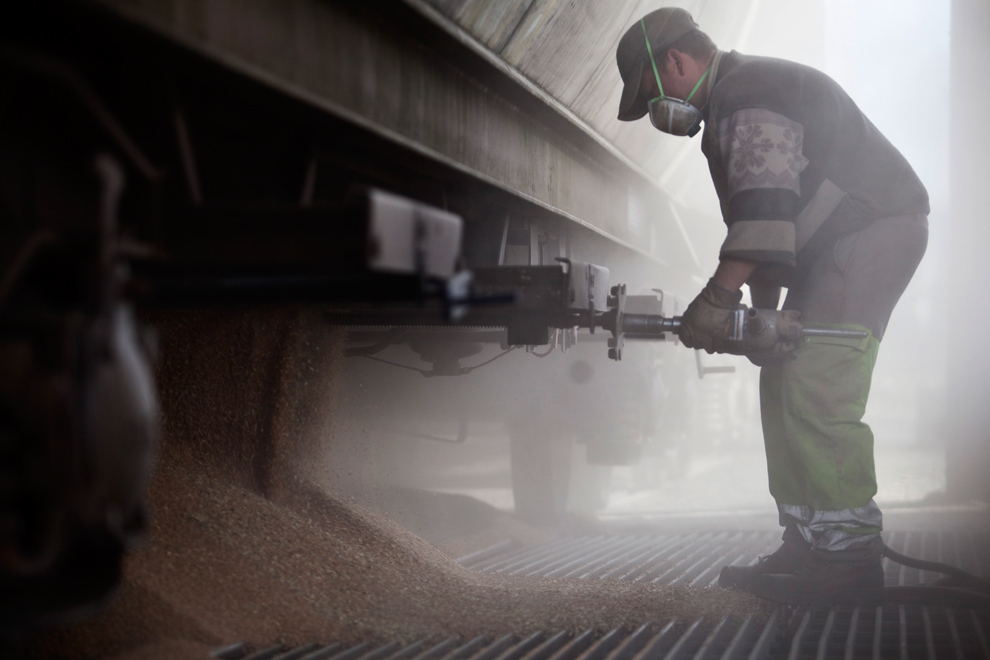
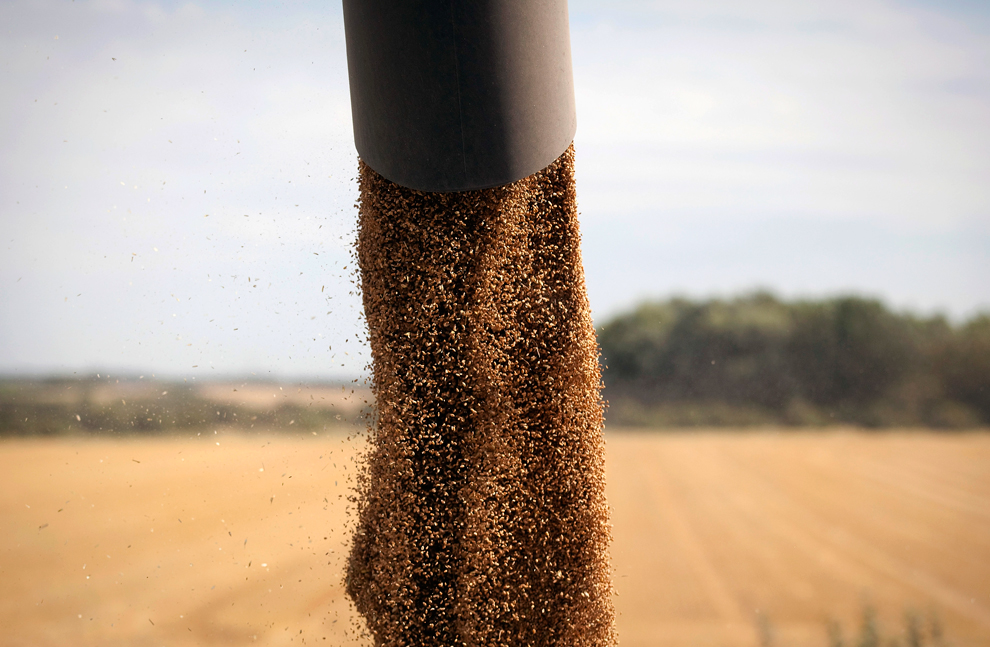
No comments:
Post a Comment